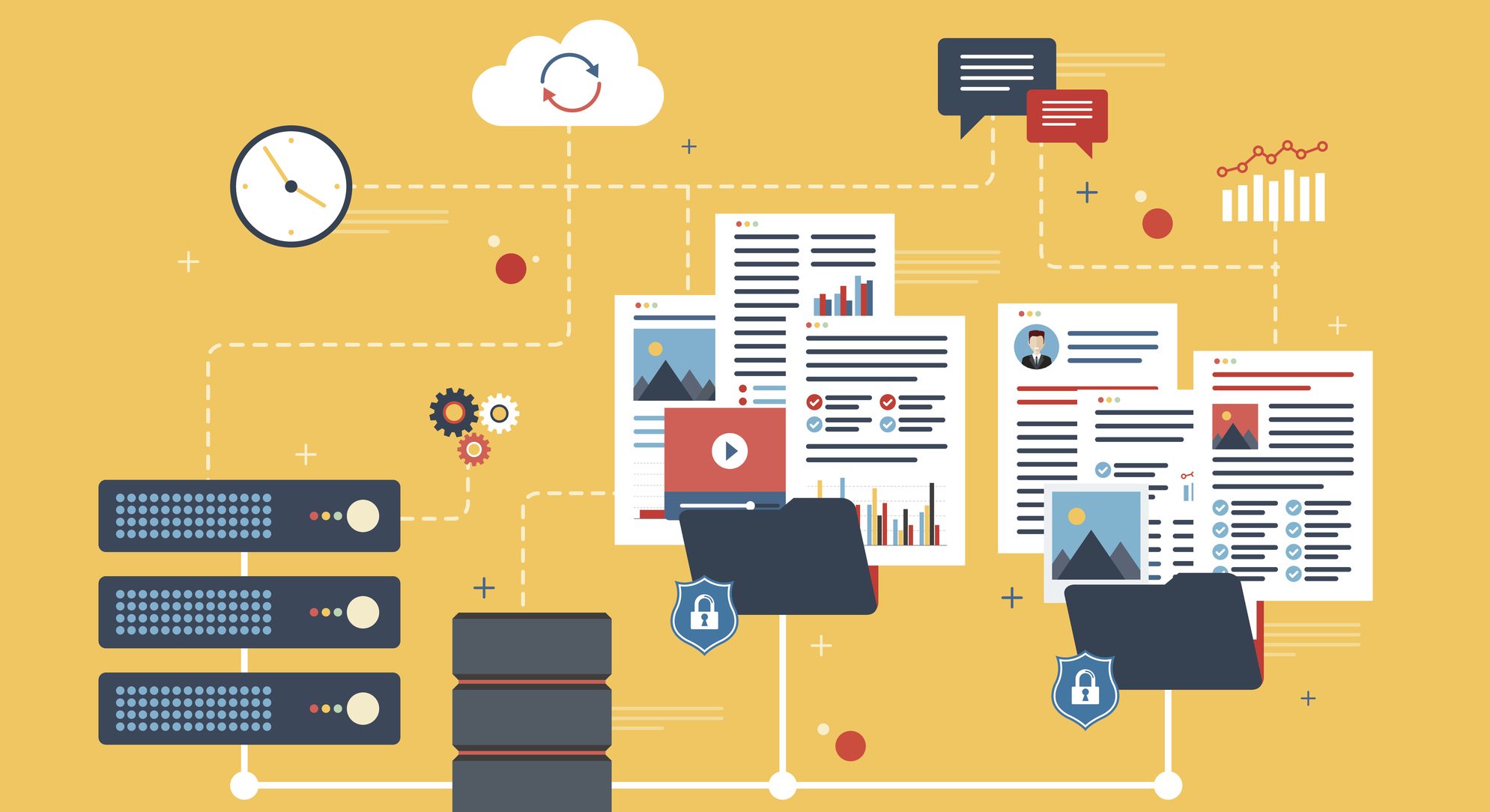This article is an excerpt from GovLoop’s recent guide, “Your Government Digital Transformation Playbook: Managing the People, Processes and Technology.” Download the full guide here.
The creation of digital content is fundamentally changing the business of government. Whether you work for a local law enforcement agency or a large federal agency, chances are you’re no longer simply sorting documents in physical filing cabinets. Government content now comes in a wide variety of digital formats ranging from photos to satellite imagery to surveillance video and social media.
So, how does government begin to effectively manage all of this new, unstructured digital content? And how can agencies ensure they can find and use it when they need it?
The answer is by implementing a modern Content Services Platform. According to a recent Gartner report, content services platforms (CSP) are the next stage of enterprise content management (ECM), representing a shift from self-contained systems to open repositories and services.
In an interview with GovLoop, Bobby Hangliter, Director of Federal Sales, and Lisa Marcus, Vice President of Public Sector, at Nuxeo, shared why a next-generation content services platform is critical to digital transformation and what it should look like.
A modern content services platform combines the reality of what is happening in the digital enterprise with future-forward technology to enable agencies to strategically solve content-related problems.
“In dealing with the volume and variety of data and with agencies moving to the cloud, government needs more flexible and scalable platforms,” Hangliter said. “They need future-forward technologies that go beyond simple storage and can help them modernize their business and mission functions.”
When agencies were managing mostly PDF files and other standard text inputs, ECM systems were good enough. But with the growing diversity and volume of data in the digital age, coupled with the expectations from employees and citizens, these systems are not able to keep up. They store content in a way that makes it difficult to efficiently manage and quickly access information. “Agencies suffer from having too many disparate content management systems,” Marcus said. “Many of which are outdated and lack the modern capability to properly tag the content for searchability. And because they are siloed systems, there is a lot of duplication.”
For example, agencies may have separate systems for document management, records management, photos and videos. The problem with these disparate systems is not only do they create stovepipes that prevent employees from finding the right information in a timely manner, they also impede the process of delivering citizen services.
“The reality is that enterprise content will reside in multiple repositories and will need flexible, centralized management and access – no matter where it resides,” said Hangliter. A modern content services platform can integrate and aggregate content across systems and replace outdated, duplicative applications with a single platform that can manage all content types and support multiple content-driven applications like case management and records management.
So, what are the core platform features agencies should look for in a modern Content Services Platform?
- Modern Architecture – Open Source architecture helps deliver content-driven applications and services with massive scalability at a fraction of the cost of legacy ECM systems – and offers the flexibility to continually innovate by easily making changes to applications to meet the changing needs of the business.
- Manage all Content Types – Traditional documents (MS Office, PDF) and digital assets like email and complex rich media (Audio, video, geospatial, social) – all in a single system.
- Massive Scalability – The ability to leverage leading-edge file storage and database technologies – including NoSQL means the system can scale to manage massive amounts of content.
- Integration Capability – The ability to integrate with existing systems through connectors and API’s enables agencies to manage content in place and allows business users the option to work within the systems they are familiar with – which eliminates data silos and improves efficiency.
- Advanced Metadata Model – Using machine-learning algorithms, artificial intelligence (AI) and machine learning (ML) tools to tag content is a critical component for searchability.
- Faster Time to Value – A platform that is operational from day one by delivering out-of-the-box connectors and a variety of content services, plug-ins, productivity applications, and automation and workflow capabilities – for immediate adoption and fast deployment.
“At Nuxeo we work with organizations to evaluate where a content services platform can be of real value to reduce costs and improve efficiencies,” said Marcus. “We then work with the business and IT teams to develop a migration strategy for content systems and applications. We determine the right onramps, where they can gain value quickly, and then build out from there,” Marcus said.
As digital transformation initiatives gain momentum and new technology areas like big data expand, agencies can use a modern content services platform to help accelerate digital transformation, improve operational efficiencies and unlock the unlimited value of their information.






Leave a Reply
You must be logged in to post a comment.